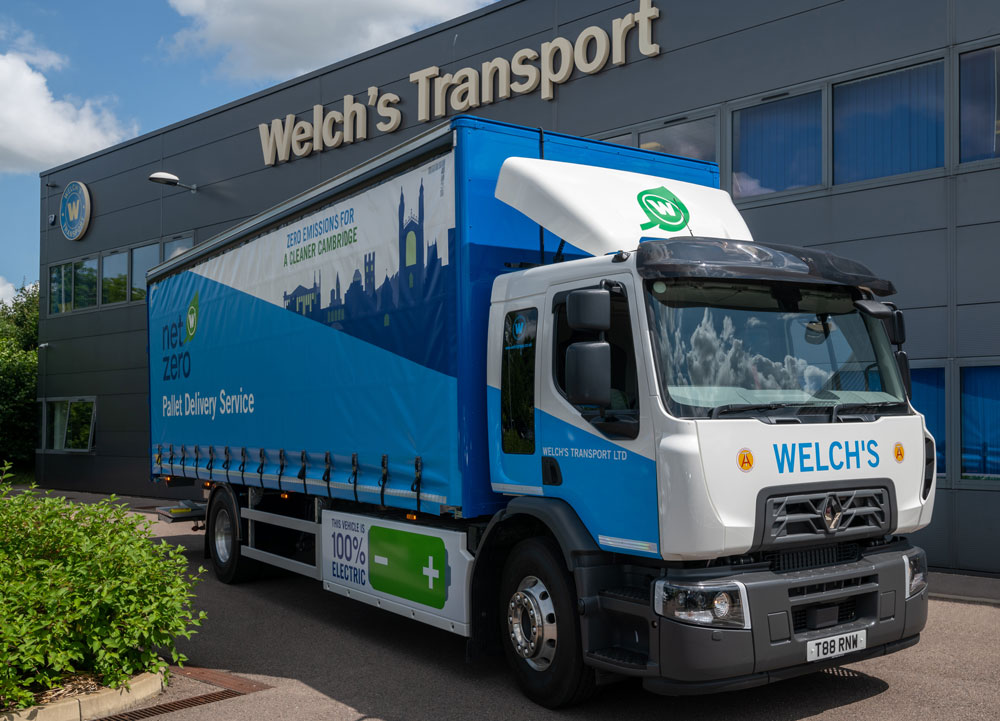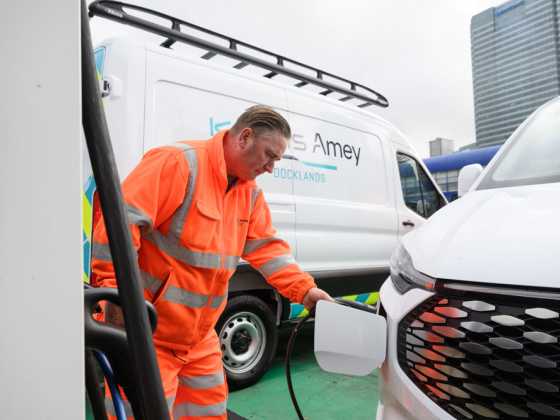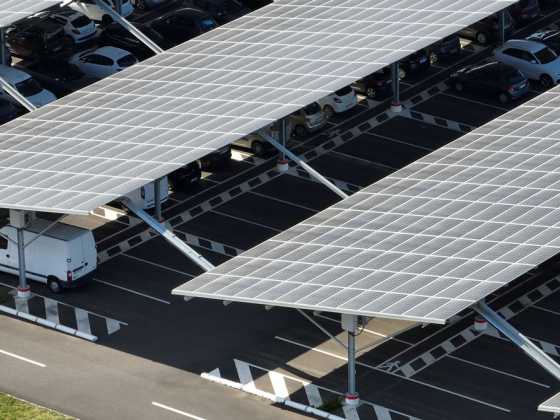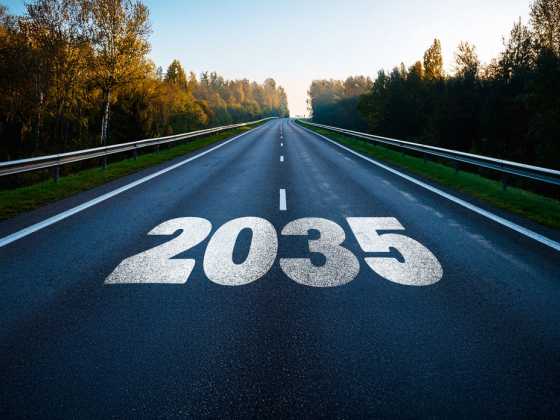Delivering a clean haulage industry

From electric HGVs to route optimisation and urban delivery centres, transport operators are finding ways to decarbonise the way they work. Chris Welch, commercial and operations director at Welch’s Transport, shares how the industry is making progress
HGVs are significant contributors to carbon emissions: transport represents almost a quarter of Europe’s greenhouse gas emissions and is the main cause of air pollution in cities. By 2035, the sale of new, non-zero emission HGVs (26 tonnes and under) will be phased out and by 2040, all new HGVs sold in the UK will be zero emissions.
Reducing, and eventually eliminating, HGV emissions from the supply chain will play a significant role in achieving the UK government’s ambition to achieve Net Zero by 2050. With the clock ticking, we must act now to ensure the infrastructure is ready to support the transition to electric vehicles.
Recent calls to extend the 2030 deadline for the end of non-zero emissions cars and vans are threatening to undo the positive progress that has been made. Now is the time for industry collaboration to find solutions to the barriers to decarbonising the industry. From infrastructure, to technology, to electric vehicles, no single organisation can drive widescale change to achieve Net Zero.
Sharing the burden
In fact, this was the inspiration for the HGVzero action group, which was created in 2022 to share the burden of transitioning to net zero fleets. DPD, First Group and Tesco are just some of the organisations that are collaborating to identify barriers to decarbonisation and accelerate, the adoption of suitable solutions.
For many hauliers, margins are tight and a lack of evidence on how new technologies will perform in their operations and uncertainty over which technology will dominate in the future are the barriers holding back mass adoption. The HGVzero action group shares case studies and data based on real-world scenarios to enable operators to invest resources wisely. By sharing the load, the burden of research does not fall on a single haulier and organisations can invest with confidence.
Collaboration is also important to co-develop technology and infrastructure to support the decarbonisation of the industry. In fact, limited access to charging infrastructure is a major obstacle to the mass adoption of emissions-free vehicles. It is estimated that 2,450 HGV charging points will be needed by 2025 with 8,200 required by 2030 to meet Net Zero targets but Welch’s Transport is home to the only publicly available HGV supercharger currently. By making the charger available to vehicles outside of its own fleet, the company hopes to improve the short-term viability of electric HGVs and encourage more collaboration between industry leaders to support the scaling of charging infrastructure.
Data insights
Focusing on short-term improvements means focusing on incremental gains. The road to Net Zero starts in the traffic office and through strategic partnerships with technology organisations, hauliers can reduce emissions through improving efficiency. Advances in artificial intelligence (AI) technology could have huge benefits for the industry but the efficacy of AI-enabled technology relies on quality data. The more high-quality data available, the more powerful the results.
Cross-industry collaboration including data sharing will positively impact the technology available to support hauliers. An innovator in the field is Optimize, which helps fleets reduce emissions through data analysis and AI algorithms. By using existing data to identify the optimal route for a truck, hauliers are able to reduce the mileage and fuel consumption of their fleets – before they even introduce a single emissions-free vehicle. Welch’s Transport’s initial pilot with Optimize demonstrated up to a 15 per cent reduction in mileage on certain days when planning the fleet’s routes.
Industry partnerships can only take the process of decarbonisation so far. Emissions-free vehicles are just one pillar of the wider strategy to decarbonise the industry. Now is the time for the government and local authorities to work closely with logistics organisations to improve distribution efficiency. Doing so will reduce the number of vehicles entering already congested urban areas such as city centres.
The number of Urban Consolidation Centres (UCCs) is already increasing due to demand for a more environmentally friendly approach to deliveries. The loading factor of delivery vehicles is improved by efficient packing with the potential for 46 per cent reduction in the number of vehicle trip deliveries as well as the potential for 88 per cent decrease in CO -EQ emissions per parcel delivered from a UCC using an electric vehicle. With this in mind, Welch’s Transport has launched the region’s first zero-emissions UCC to reduce the environmental impact of last-mile deliveries through consolidation and distribution using an electric HGV. Welch’s is also partnering with Renault to pilot its Optimodale emissions-free supply chain solution. The urban delivery vehicle combines an electric van, e-bike and military-grade drone to provide mobile urban consolidation options with applications for science parks, business parks, green spaces, and other urban areas.
Future urban development
Historically, the development of UCCs has met with resistance due to concerns over delivery delays, increased costs and reduced control of the delivery process but now is the time for local authorities to build these into their plans for future urban development. Most recently, Michael Gove has announced his blueprint for development in Cambridge. Servicing more houses and businesses means a rise in the number of deliveries taking place across the city. Demand for retail packages, equipment and medical supplies, will increase the number of vehicles on the road and, as one of the most congested cities in the UK, the last thing the city needs is an increase in traffic.
In the instance of Cambridge, underpinning the expansion with investment in a new logistics model driven by urban consolidation and emissions-free vehicles will demonstrate its applications at scale and support the decarbonisation of the industry.
With multiple barriers to decarbonising the industry ahead of the 2050 Net Zero deadline, collaboration is crucial to overcome the challenges facing fleet operators at an organisational, regional and national level. By sharing the load, the entire industry can positively benefit from knowledge, technology and infrastructure changes to reduce emissions and deliver cleaner, greener deliveries.






